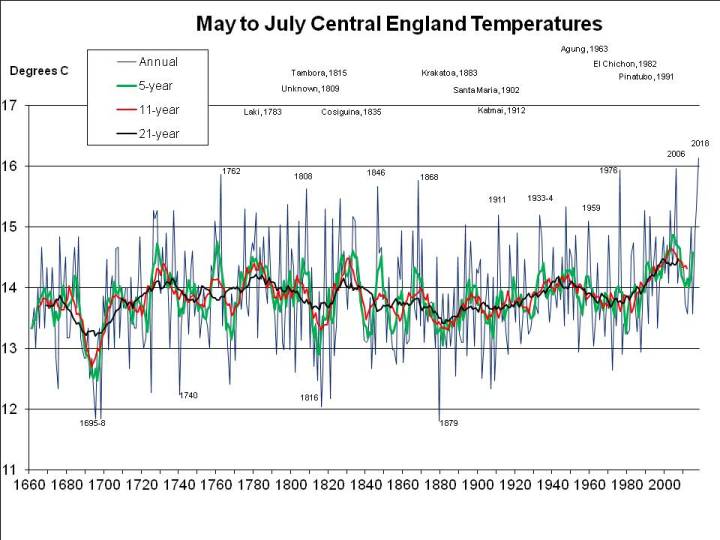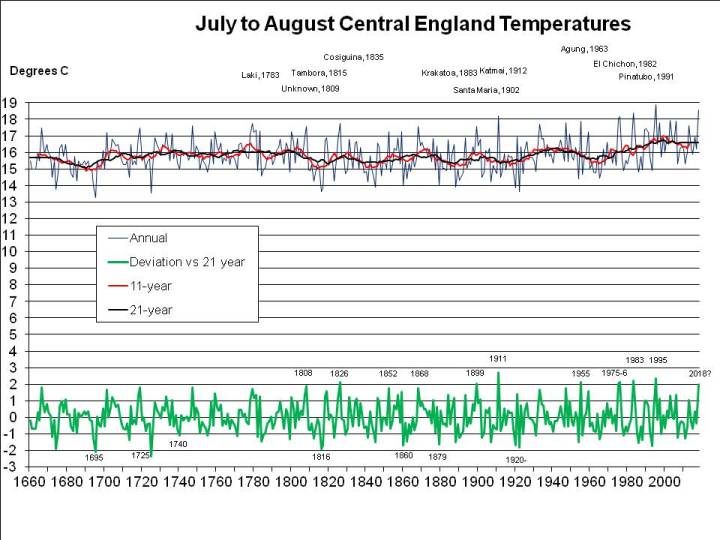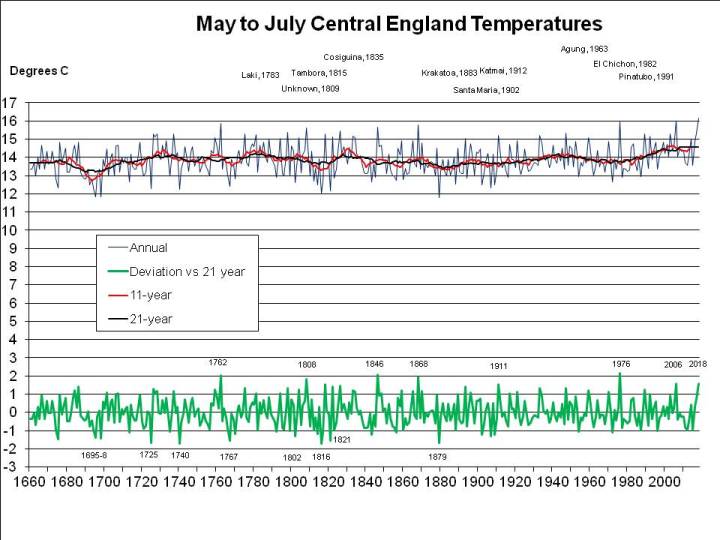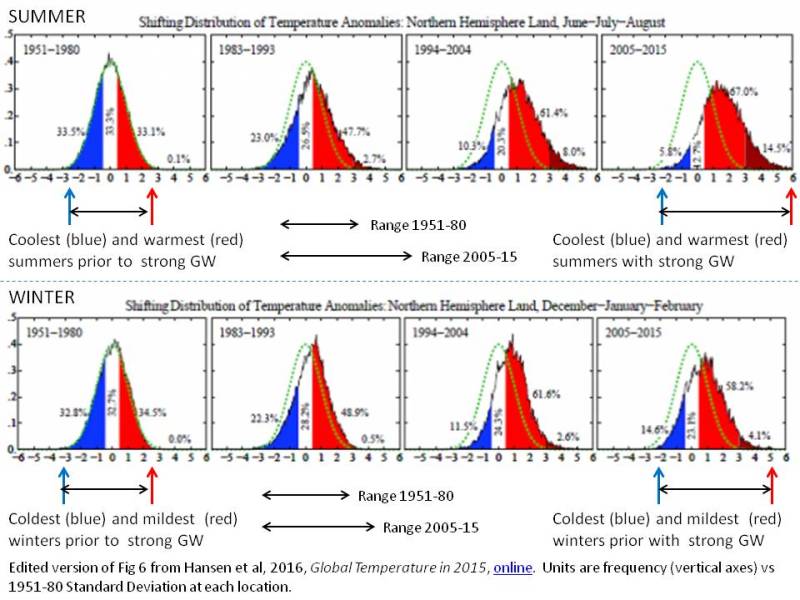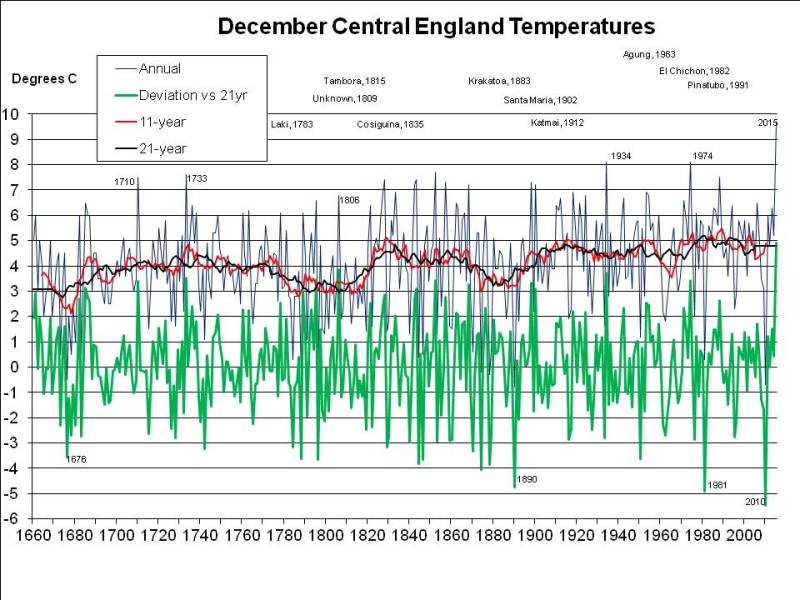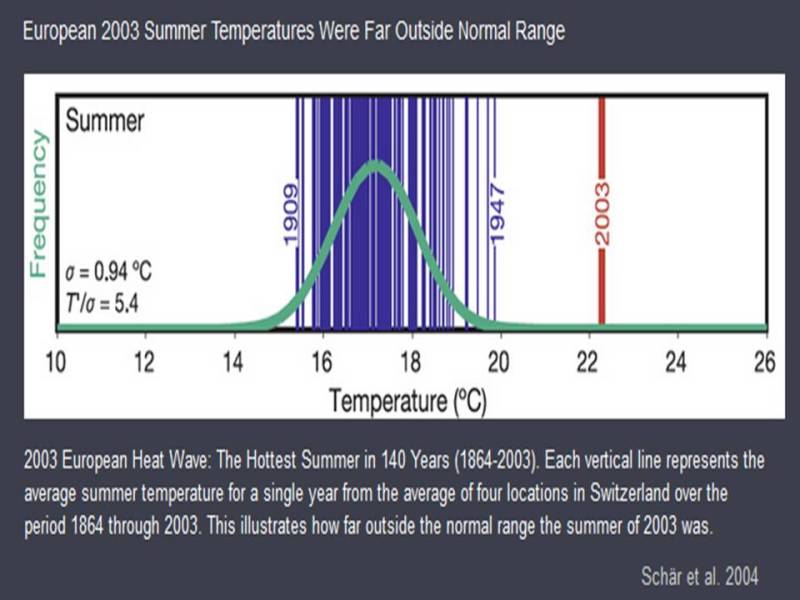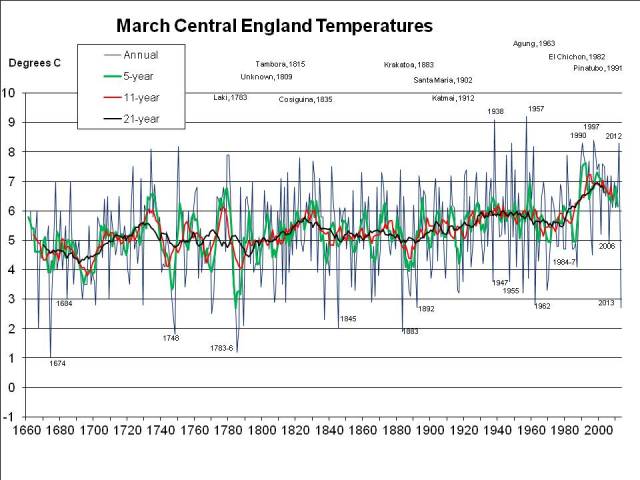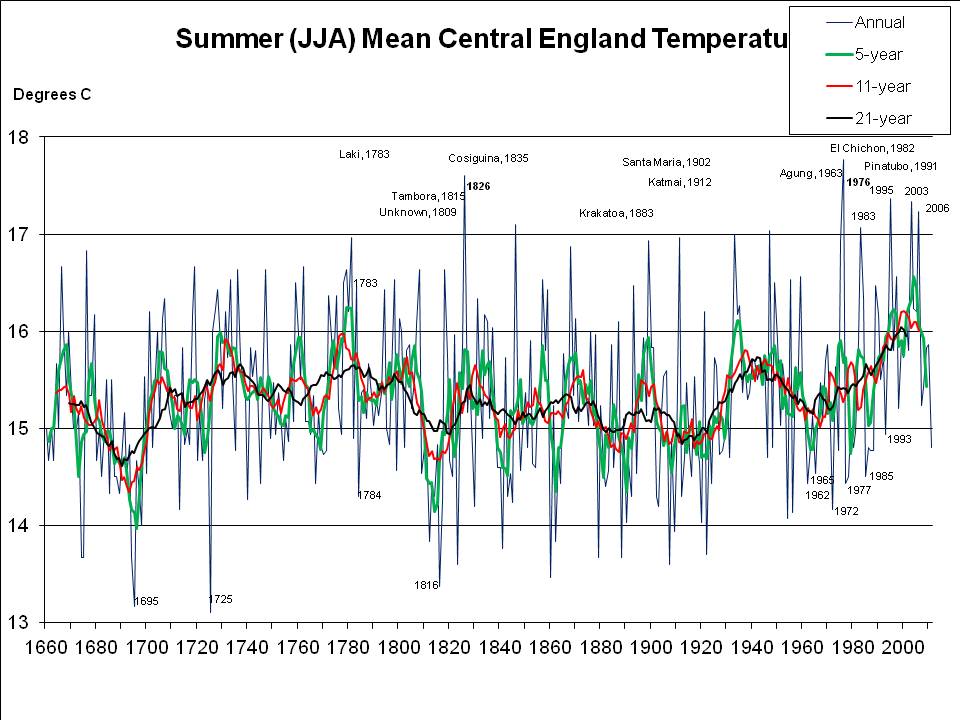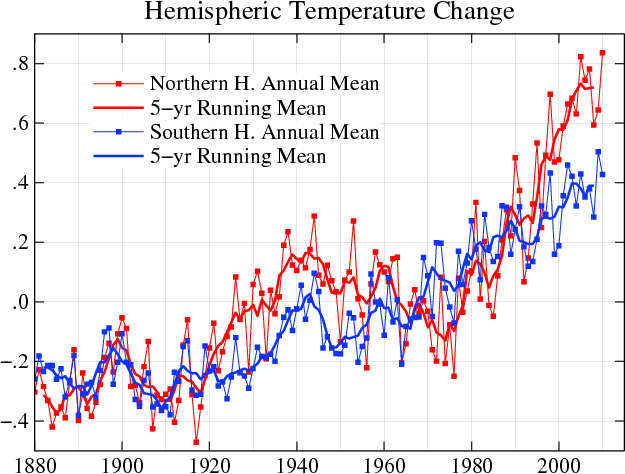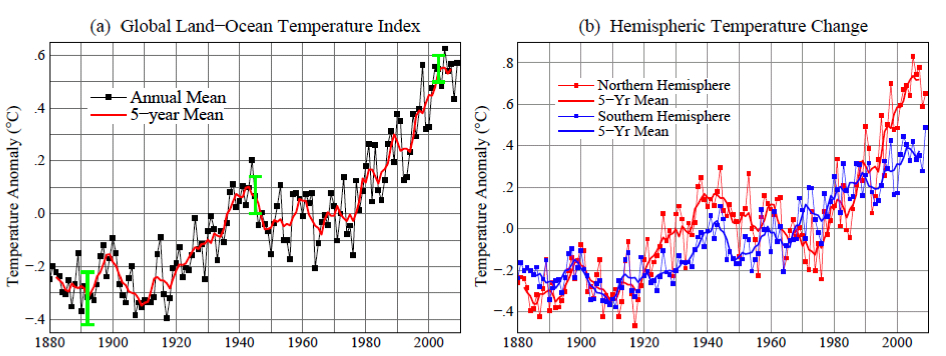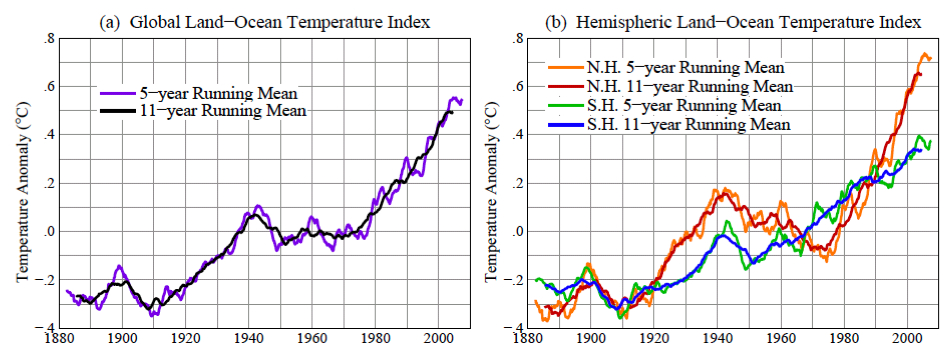Clive Oppenheimer notes in his Acknowledgements that he “planned to finish writing this book in 1999!”. Whilst I found Eruptions that Shook the World very informative and readable, it would have benefited from just a bit more effort. For example, the date of the El Chichon eruption is referred to in several places as 1985, though in others, correctly, as 1982 (as I’m sure I read in some other review, though even Google can’t help me out here). More substantively, there is some repetition and an immense amount of cross-referencing. I would also have preferred the inclusion of a comprehensive list of eruptions rather than (or as well as) the superficial details that are included between the Preface and the Introduction and as Appendix A, which excludes the large category of Unknowns and many other events discussed in the book (some of which are in the earlier table). As well as being an incomplete reference source, the book has the feel of being a final draft rather than the finished article.
Most annoyingly, of recent eruptions of which we obviously have the best data, Pinatubo (1991) is discussed in detail (p.54-69), but El Chichon (1982) is referenced only in passing and Agung (1963) hardly at all. In particular, there seem to be important differences between the climatic effects of the El Chichon and Pinatubo eruptions, which would have been worthy of discussion.
Nevertheless, Eruptions fills a gap between school-level and academic material and anyone interested in the subject will find it a stimulating read. Some other reviews are listed here, though how carefully Kate Ravilious read it for New Scientist is in some doubt as she seems to think Oppenheimer discusses “thick layers of ash in Greenland ice cores” rather than the varying sulphuric acid fallout in the cores.
I should say that whilst I read Eruptions to better understand the effects of volcanoes on the climate, the book does discuss the other nasty things volcanoes can do to you, and a great deal more besides.
Minor gripes aside, I presume Oppenheimer’s account reflects the current state of academic thinking about the effects of eruptions on climate. It is this about which I have concerns, that is, the science itself, rather than Oppenheimer’s account of it.
Let me outline what appear to be the central tenets of the current paradigm, and comment as I go along:
1. The climatic effects of eruptions are entirely due to sulphuric acid aerosols.
Volcanoes eject varying amounts of sulphur in the form of sulphur dioxide and hydrogen sulphide into the atmosphere at varying heights and in varying proportions to the total amount of ash, lava and other material. The sulphur reacts to form sulphuric acid aerosols which can remain in the stratosphere for months to years, where they reflect light (and absorb heat, which helps keep them aloft). There is therefore a “recipe for a climate-forcing eruption” (Eruptions, p.69ff).
Eventually the sulphuric acid aerosols descend, and a historic record of sulpuric acid loading can be derived from ice cores, principally from Greenland and Antarctica. Oppenheimer draws on work at Rutgers University by Chaochao Gao, Alan Robock and Caspar Amman (presumably et al – this must have ben a lot of work) to produce an ice-core volcanic index (IVI). He reproduces Gao et al’s graph (as Fig. 4.6, p.98), which I kept referring back to. Here’s my copy-paste from Rutger’s site (for some reason there are spurious double lines on my version – check back at Rutgers if confused):

The IVI replaces H.H. Lamb’s famous Dust Veil Index (DVI). The idea that particles of dust as opposed to sulphuric acid could reflect light away is rejected entirely, or at least the effect of dust is considered insignificant. I find this assumption dubious. For example, the eruption of Huanyaputina in 1600 apparently had catastrophic effects on the climate – causing the Great Russian Famine – yet was, according to the IVI, only about twice as severe as Pinatubo, which really didn’t have a huge effect. Its sulphur emissions are dwarfed by those of Tambora in 1815 and Kuwae in 1452, yet it seems to have had at least as much of a cooling effect. Unfortunately, instrumental temperature records don’t go back to 1600, so we have to rely on anecdotal evidence. Here’s what Brian Fagan says in The Little Ice Age (p.104):
“The volcano discharged at least 19.2 cubic kilometres of fine sediment into the upper atmosphere. The discharge darkened the sun and moon for months and fell to earth as far away as Greenland and the South Pole. Fortunately for climatologists, the fine volcanic glass-powder from Huanyaputina is highly distinctive and easily identified in ice cores.
Huanyaputina played havoc with global climate. The summer of 1601 was the coldest since 1400 throughout the northern hemisphere… Summer sunlight was so dim in Iceland that there were no shadows.”
It seems to me at least plausible that the effect of eruptions on climate is due to dust particles as well as sulphuric acid aerosols. Indeed, my main problem with the IVI (see the paper Gao et al, 2008, which is available to download as a PDF from the Rutgers site) is that not enough has been done to establish how closely ice core sulphate levels correlate with climate impacts of volcanoes. As well as the possibility that there are significant effects due to other kinds of particle, there are other potential complicating factors:
- varying proportions of stratospheric sulphuric acid aerosol may end up in the ice, so that the IVI only gives an indication of the severity of the climate impacts of the eruption;
- the amount of sulphate in the ice gives no indication of how long it remained as sulphuric acid aerosol in the atmosphere – obviously the amount of sunlight reflected away is a function of time as well as aerosol density;
- some of the sulphate in the ice may not have reached as high as the stratosphere to cause significant climate effects (this must surely distort the figures for Icelandic, such as Laki, 1783, and Alaskan eruptions).
We have a lot of data on recent eruptions, which would seem to provide a means of establishing the usefulness of the IVI, which might be a good idea before translating it into a dataset to be plugged into climate models, as Gao et al have done. I can see the appeal of such a mechanistic approach, but it seems to me that the effects of different eruptions vary more than a single variable (OK in most recent cases we also have a date, or at least a season) would seem to suggest.
One problem with the IVI is that although it includes Pinatubo (1991), it does not include El Chichon (1982) because not enough of the Arctic ice cores were old enough, and there is no signal for El Chichon in the Antarctic (I’m unclear why a full signal for Pinatubo is apparently included). This misses a golden opportunity to validate the data. Clearly we need to get out to Greenland and drill more ice cores before the whole lot melts.
A further problem is that the IVI does not explain all of the data. For example, the cold period in the 1690s, including the exceptionally cold summer in 1695, as well as the record cold summer of 1725 (see my recent post on the cold summer of 2011) are completely unexplained. Note that the 1690s has long been a problem. Lamb interrupts his DVI list to discuss it (note the criticism of subjectivity which may affect the whole DVI – the eruption data may be deduced from the weather data rather than independent of it). Here’s a screen grab of part of the DVI which is accessible on Google Books:
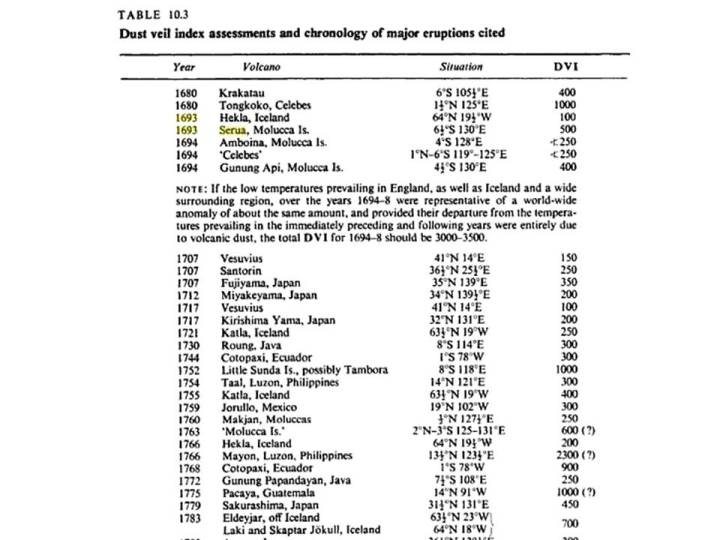
Excerpt from Lamb, Climate: Past, Present and Future
More recently, I’d understood* that the dip in temperatures at the start of the 20th century was due to the Santa Maria eruption of 1902 (not to be confused with the famous Mount Pelee eruption of the same year, which is notable for causing a large number of fatalities). But there is only a small signal in the Gao et al data for 1902 (3.77 compared to 30.09 for 1991, the year of Pinatubo, limiting Gao et al’s spurious accuracy perhaps less than I should!).
* e.g. in the IPCC figure produced in a previous post.
2. Eruptions may affect only one hemisphere.
Tropical eruptions can have effects on both hemispheres, depending on (apart from the characteristics of the eruption and the weather at the time) latitude and time of year (and hence the position of the inter-tropical convergence zone, ITCZ). In their paper, Gao et al in fact separate out the hemispheric sulphate records:
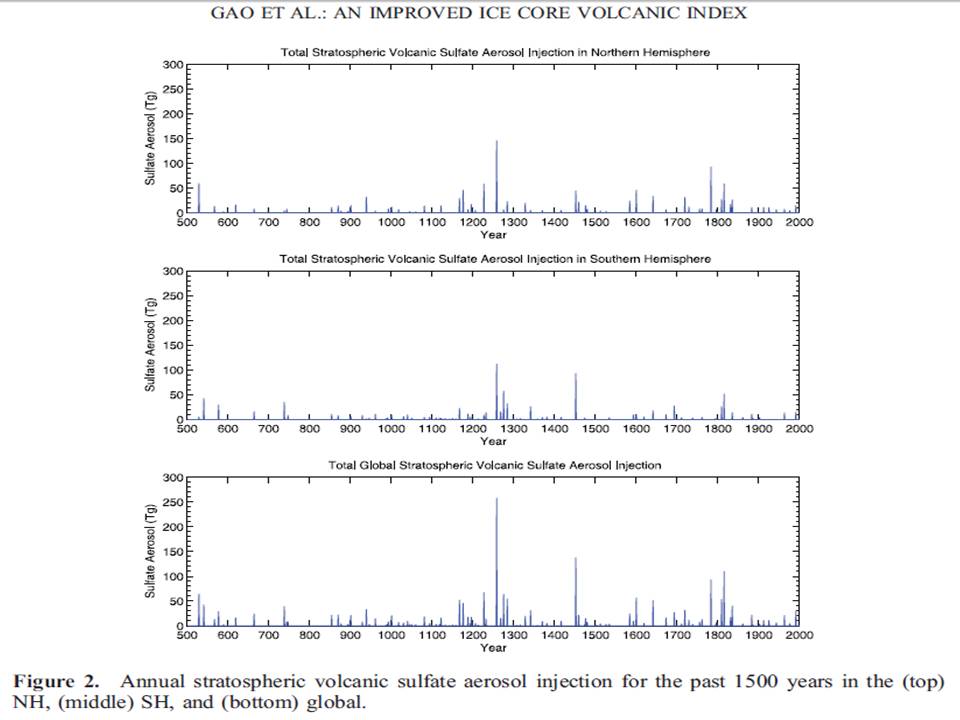
Pinatubo affected both hemispheres, but El Chichon only the northern hemisphere (NH). El Chichon, though, seems to have reflected away at least as much heat, having produced a volcanic cloud “extending from the Equator to 30 deg N for more than 6 months, and then gradually spreading more widely” (Alan Robock, 2002, PDF). We can see this first in the atmospheric transmission of solar radiation record from Hawaii:
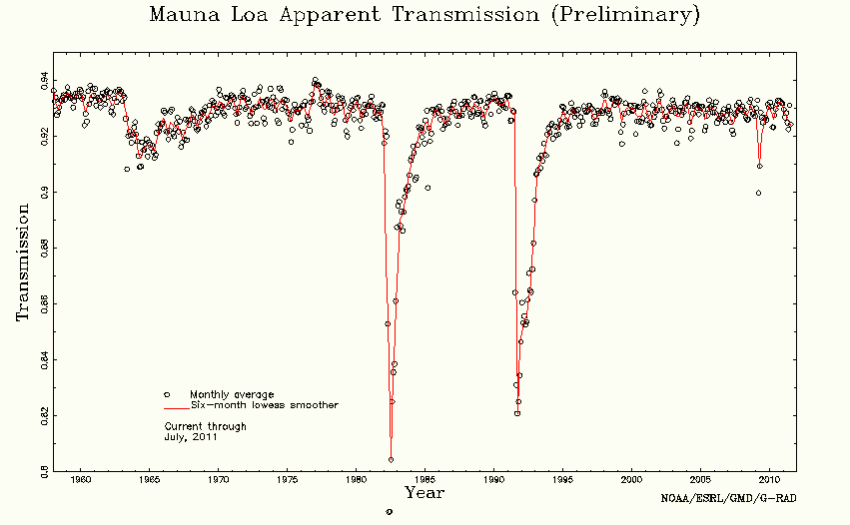
and, more to the point, in the record of oceanic heat content, where the dip in the early 1980s seems to have been greater than that in the early 1990s (though perhaps already underway by the time of the eruption):

So, if El Chichon removed more heat from the oceans than Pinatubo, and removed the bulk of it from the NH, you might expect some kind of effect on the Arctic ice. Here’s the annual ice extent for August 1979-2011, from the (US) National Snow and Ice Data Centre (NSIDC):

1983 and 1991 both seem to be above the annoying blue trend line (I always feel you need a better reason for drawing lines through data than that you feel like it!), but one might expect the effect to take longer than one year to play out. Indeed, if you imagine replacing the annoying blue line with one from around the turn of the millennium when one might suppose the effects of the two eruptions to have played out, the trend would seem to be a lot steeper. Maybe this tells us nothing more than that the eruptions cause a bit of an ice melt backlog, but I just thought I’d throw that point in.
Perhaps resolving the puzzle a tad, Realclimate have helpfully drawn my attention to ice volume data from PIOMAS, which I copy here purely for convenience:

This perhaps shows more clearly the greater effect of El Chichon (1982) than Pinatubo (1991) on the Arctic ice, though, again, we have trend-lines that confuse the issue, and, again, the eruption occurred somewhat after the temporary ice volume minimum at the start of 1982, and could not have influenced ice volume until at least mid-1982. Notwithstanding, if, here, one ignores the blue line and confidence-interval shading, one might postulate that the combined effect of the two eruptions was to negate any ice-melt that would have otherwise occurred – due to global warming and the fact that if the ice builds after eruptions, logic suggests that it must melt in their absence – for almost two decades, from 1982 to the turn of the millennium, and tentatively conclude that we’re now playing catch-up.
3. Tropical eruptions are climatologically more important.
The theory (Eruptions, p.72-3) seems to be that high latitude eruptions have less effect on climate, though time of year is obviously critical. Although Laki (1783) had dramatic effects on the climate, at least for a year or two, it was a very large eruption.
Oppenheimer briefly mentions the case of Kasatochi (August 2008), a moderate sized sulphur-releasing eruption in Alaska, and the most significant climatologically since Pinatubo (1991). Sure enough, you can see the signal in the Mauna Loa, Hawaii record, above (now I realise I should have numbered the figures). And here’s the possibility of an effect in another ice extent representation from NSIDC:

Not very conclusive**, but maybe the ice did start to re-form a bit quicker than usual in 2008.
** See also the Postscript to this post.
4. The climatic effects of eruptions last only for a few years.
There seems to be an emphasis in the literature on the short-term effects of eruptions. Presumably this is because an event, such as the eruption of Pinatubo, attracts a burst of interest – and generates a flurry of publications – for a few years, before everyone moves on to other projects. Oppenheimer (p.76), suggests forcing lasts around 3 years, after which aerosols disperse, temperature is affected for around 7 years, and sea-ice “perhaps for a decade”. But, he says, oceanic circulation “can be perturbed for up to a century”. Surely this in turn would affect climate? The emphasis on transient effects seems to conflict with the reconstructions of historic temperature records, when, I understood, the main explanation for century-scale variability (the Little Ice Age and all that) is the pattern of natural forcings, principally volcanic eruptions. The story doesn’t appear to be entirely straight, and perhaps this is due to an emphasis on debunking the idea that supervolcanoes (such as Toba 73kya) could have plunged the Earth “back into the ice age” (Oppenheimer, p.190ff).
5. The climatic effect of eruptions scales less than linearly – larger eruptions do not have a proportionately greater effect.
The theory (Oppenheimer, p.191-2) seems to be that larger eruptions produce so much sulphur that larger sulphuric acid particles form, which descend through the atmosphere quicker, so that larger eruptions (as indicated by the sulphuric acid loading in ice cores) do not have proportionately greater effects on the climate.
This all seems a bit speculative. I would have thought a sufficient explanation was that, assuming larger eruptions don’t affect the atmosphere for longer than less extreme events (you’d expect similar sized particles to descend at a similar rate however many of them there are), it seems impossible for effects to scale, given the amount of sunlight reflected away by even relatively small eruptions like Pinatubo and El Chichon (see the Mauna Loa diagram, above, again!). After all, there’s only so much sunlight to reflect away, so (as for greenhouse gases) the energy gain (negative in the case of volcanic aerosols) will be a log function of concentration.
6. The effect of eruptions is to produce cool summers and mild winters.
Except when they don’t.
This is a very confusing aspect, perhaps complicated by the small sample size of recent eruptions. There’s also a need to clarify what is meant.
It’s certainly true that it’s rare for the year of an eruption to experience a cold NH winter. This is what I naively expected when I first started looking at the Central England Temperature (CET) record – eruptions cool the planet, so winter should be colder, right? But in fact cold winters do not immediately follow eruptions, with one notable exception – 1784 after Laki, which also produced a hot summer (Oppenheimer devotes his chapter 12, The haze famine, p.269ff to this event, a repetition of which would, even, or maybe especially, in the 21st century, present serious challenges to health, transport – especially air – and agricultural services in Europe and maybe the entire Northern Hemisphere).
The general story seems to be that eruptions produce more zonal weather at least in the short-term, by heating the stratosphere and disrupting poleward heat transport by the large-scale atmospheric circulation. This leads to mild winters in western Europe (i.e. the zonal pattern of westerly airstreams dominates).
It seems to me there must also be an immediate effect on patterns of oceanic temperature and heat content. I’ve noted before that it appears volcanoes can trigger or exacerbate El Nino events, although this seems to be an area of controversy. Among other effects this may tend to produce mild NH winters.
But perhaps there are also persistent effects on patterns of oceanic heat content, thought to determine NH winter weather in particular. For example, there were generally mild winters in the UK at least for more than a decade after Pinatubo. Yet cold winters – and often runs of colder than usual winters – followed a few years after Huanyaputina (1600 – 1607 was extremely cold); the unknown 1809 eruption (General Winter defeated Napoleon in 1812 and 1814 was the last Thames Frost Fair); Katmai (1912 – 1917 was particularly cold); an eruption in 1925 which has a similar ice-core sulphur signature to Katmai (1929 was cold); Agung (1963); and El Chichon (1982). It’s a confusing picture, and it’s possible that these eruptions simply occurred during series of cold winters (e.g. the famously cold winter of 1962-3 was over by the time of the Agung eruption). Nevertheless, a hypothesis might be framed to relate the location (and season) of eruptions and hence their differential effect on ocean heat content in different regions (or just latitudes) to their effect on climate over a decade or more, through intensifying or weakening (or, in the case of the largest eruptions, completely overriding) the underlying multi-decadal cycles, such as the Atlantic Multi-decadal Oscillation (AMO).
Scientists often give the impression that they’ve answered all the questions. It’s often seemed to me that this puts off those most inclined to produce radical new ideas from specialising in the disciplines that seem to be “solved”. That is certainly not the case with the effect of volcanic eruptions on climate. There are more questions than answers. And, if the historic record is not enough, new events to investigate occur every few years. I’ll certainly be keeping an eye out for new developments in the field.
Postscript (2/10/11): Amended post to tidy up section on cold winters following eruptions, adding a reference to the 1809 event (location unknown) and to scale down some of the diagrams so they’re less in your face. Also, the figure below (from JAXA via Realclimate), perhaps shows the more than usually rapid ice build in 2008 more clearly than the NSIDC figure above, though you have top look closely at the spaghetti to see that the 2008 dark green line shows one of the lowest September ice extents in the period covered turning into one of the highest extents by November:
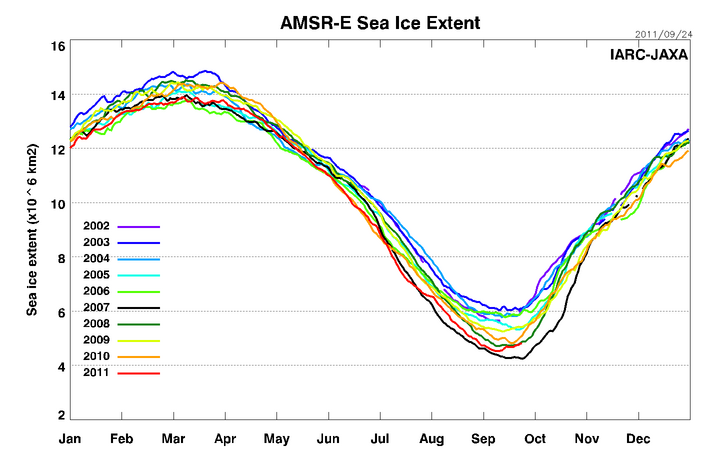
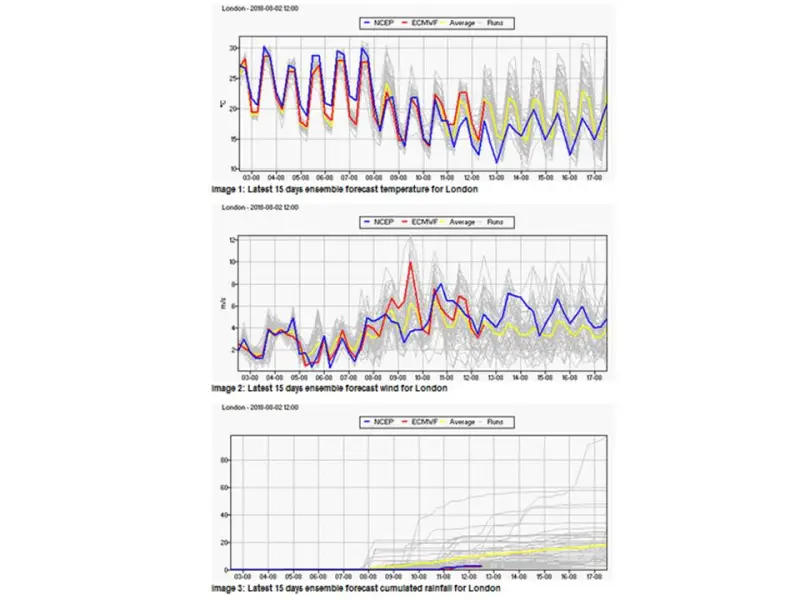
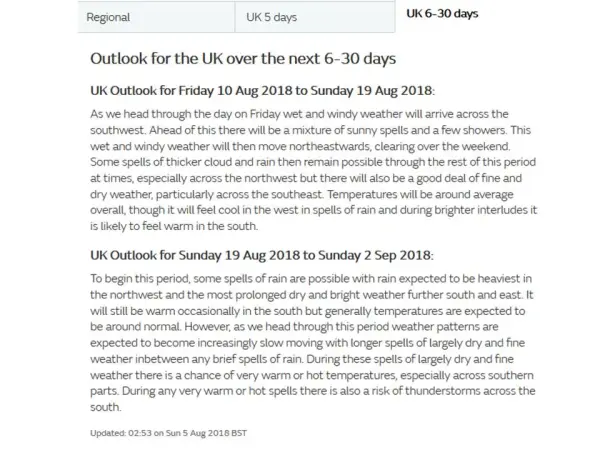
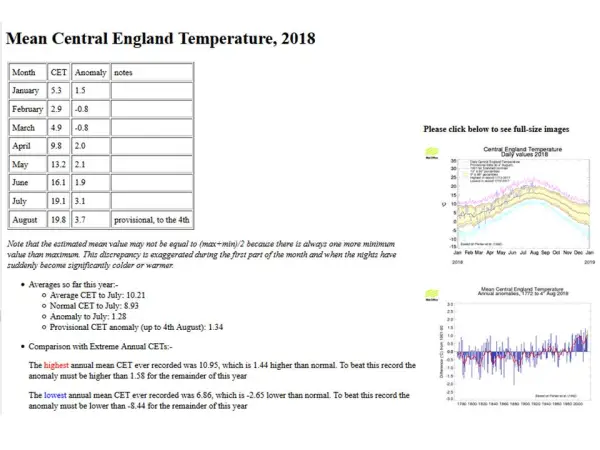 but a period of average daily mean temperatures (around 16C) will soon drag the monthly mean down below the 18C necessary for the June through August average to be higher than in 1976. Note that, after a cool start, it is now very possible that 2018 as a whole will be hotter than the previous hottest year in the entire CET record, 2014.
but a period of average daily mean temperatures (around 16C) will soon drag the monthly mean down below the 18C necessary for the June through August average to be higher than in 1976. Note that, after a cool start, it is now very possible that 2018 as a whole will be hotter than the previous hottest year in the entire CET record, 2014.